As a national policy body, we don’t regulate WHS laws or administer workers’ compensation arrangements.
The Commonwealth, states and territories regulate and enforce WHS laws and administer workers’ compensation schemes in their jurisdictions.
Learn more about who we are, what we do and why our work is important in the video below.
